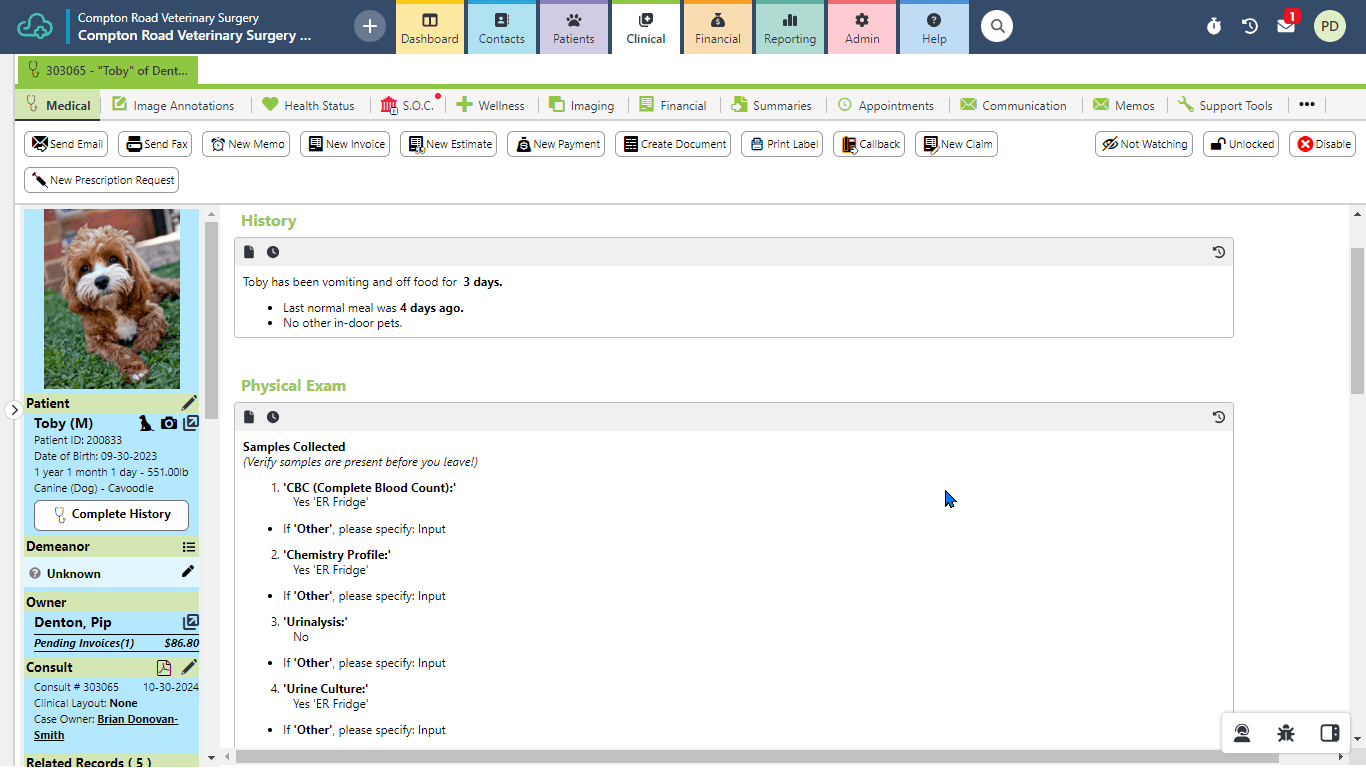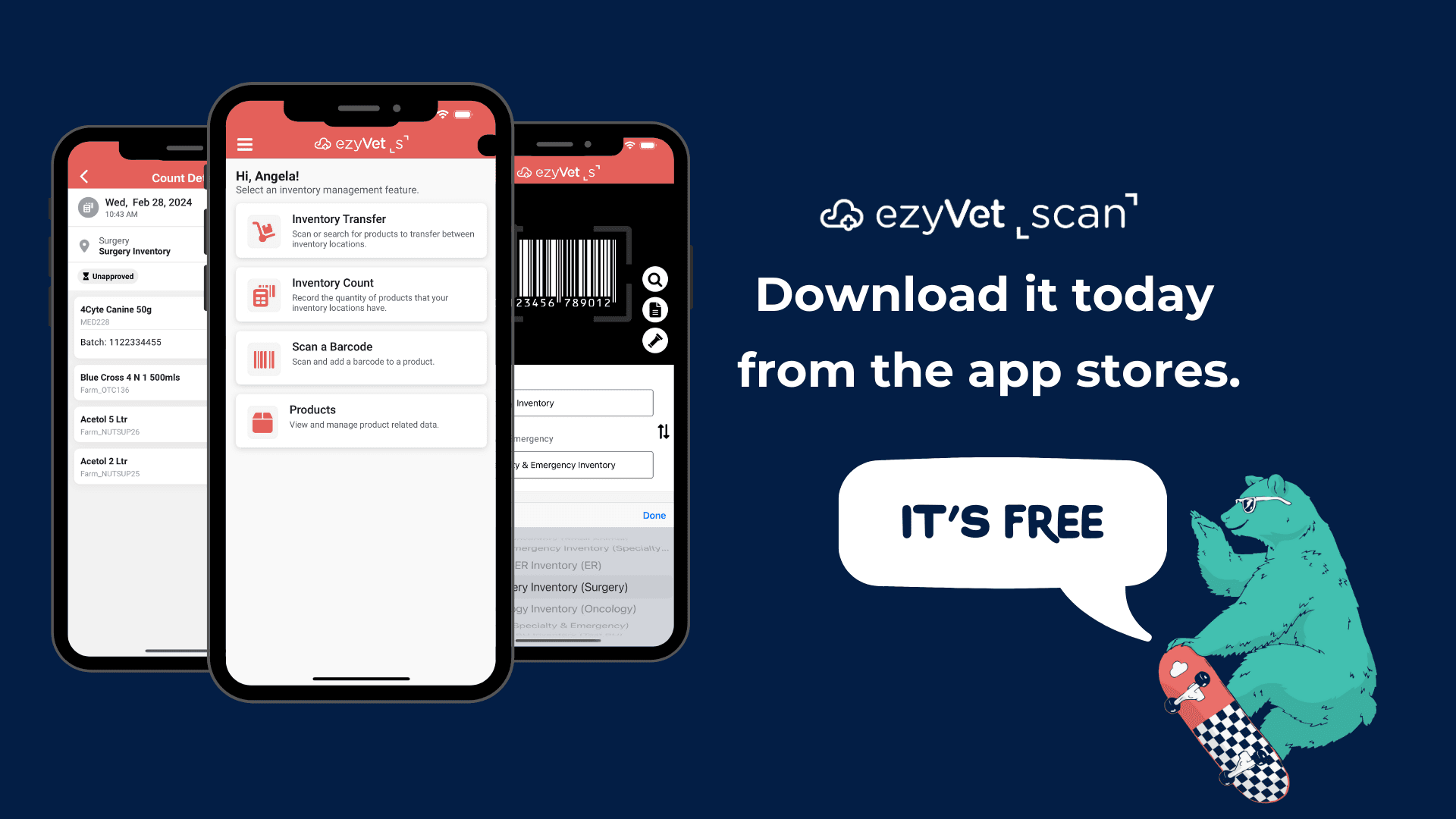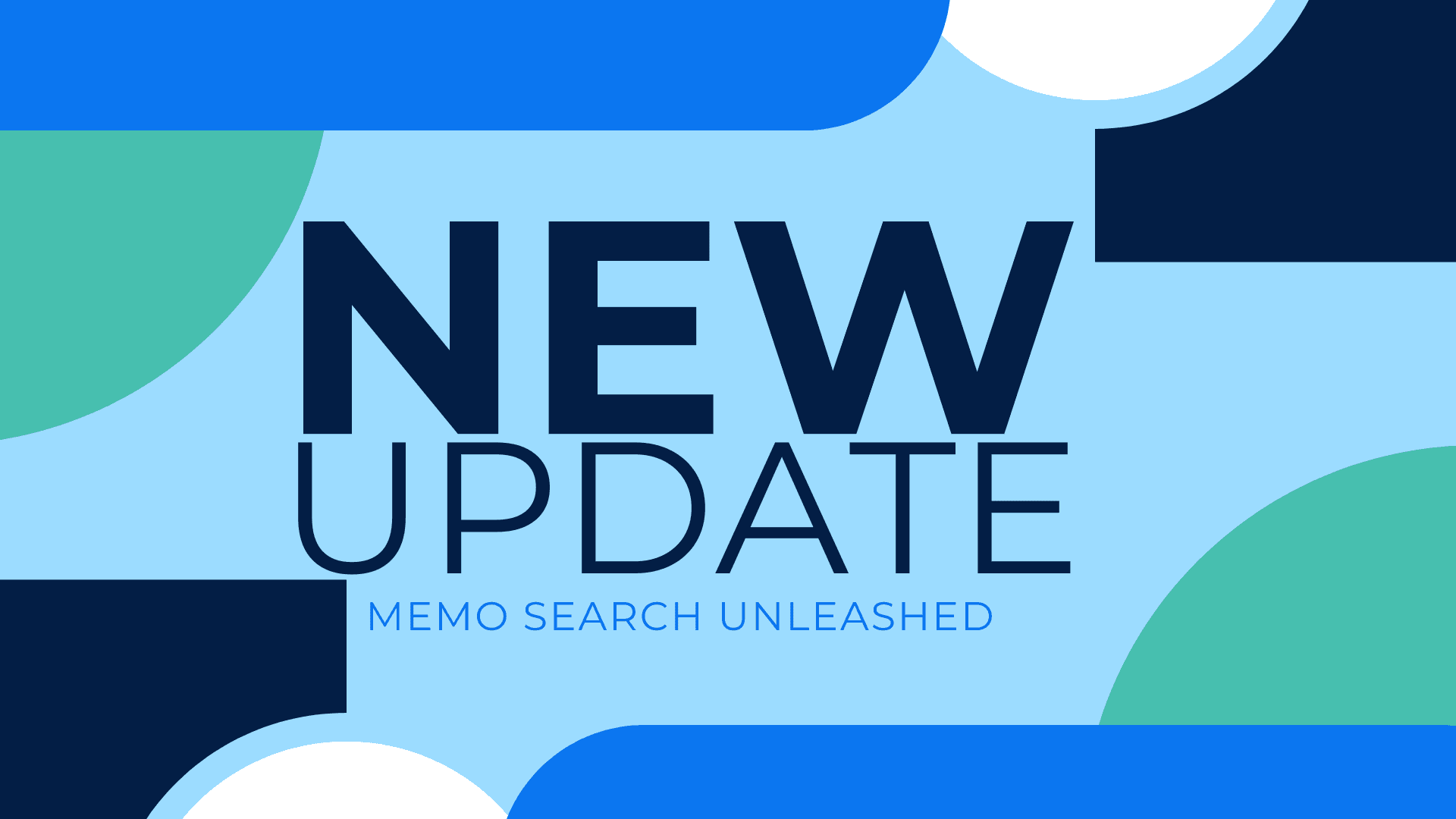9 ways ezyVet can be used to support your bottom line
1. Cloud-based
ezyVet is built to automatically capture charges for everything it possibly can, starting from the appointment booking. For example, when the technician requests a diagnostic test, it’ll get charged. Or when a doctor prescribes a medication, it’ll get charged.
2. Automated Billing
You’d be amazed at how much a few missed charges here and there can build up and eat into profit margins. Billing triggers are set to capture charges at the same time the doctor types up their clinical notes for the treatment or procedure. This helps doctors remain outside of the invoicing side of things and focus on the patient. Billing triggers are built to automatically capture charges for everything from, appointment booking to clinical templates.
3. Bundles
It’s very easy for busy doctors to overlook adding charges into records for medical equipment and drugs used in a procedure, so why not give them a hand? Bundles are a pre-determined, pre-set product, which lists out every single item used in a specific procedure, helping the doctor make sure everything is accounted for. As for the charges racking up, not to worry, there nothing is owing in the system until it's been approved by a human.
4. Product Pricing
Product Pricing, a feature that veterinary businesses can use to easily configure for the best cashflow. We understand that the cost price isn't a stagnant number with medication and surgical supplies fluctuating frequently, especially with the pandemic.
Everything you need to flexibly manage product pricing, costs, markups, and adjustments to account for inflation can be done right here, where ezyVet does the calculations for you. Furthermore, cost pricings can automatically update, if the site is integrated with a product supplier.
5. Discount Management
Discounting of services by staff come with the best intentions but can negatively impact cashflow. ezyVet has settings whereby administrators can set permissions on what users can or can’t do on an invoice. If practices were to give discounts, we recommend they do so in a way that gives visibility through reporting, by way of a Veterinarian Discretionary Discount. This way, staff are empowered to discount as they see fit, rather than remove items off the invoice off the cuff.
6. Automated Reminders
Automated Reminders is a feature that helps practices reduce their no-show rate and boost profitability. Clients appreciate being set an email or SMS reminder about their pet’s upcoming vaccine, treatment, or appointment and are more likely to comply. If they cancel or reschedule, you now know in advance of a free slot to take another booking.
7. Marketing Communications
A happy client is one that is likely to return and spend more with you. Practices can take communications one step further by using their client database already in ezyVet to send bulk communications and drive revenue through the records dashboard. Ideas include regular newsletters, limited-time offers, or holiday season deals. The sky’s the limit so you can get very creative!
8. End of day Reconciliation
In order to gauge cashflow, Practices should carry out regular reconciliations to check that payments collected match what’s billed on their system. ezyVet’s end-of-day wizard is a special feature that by providing easy to follow 5 step instructions on financial items that need to be tidied up for the day. It can be a nightmare figuring out discrepancies when carrying our end-of-month or even end-of-week financial reporting hence why we built this to encourage the best practice of daily reconciliation.
9. Reporting & Analysis
Utilize ezyVet reports to gauge business performance at any given point in time. Set measurable KPIs, goals, and benchmarks. Performance reports can be pulled directly from Performance Summary, and the 3 Key Performance Indicators, or KPIs, we recommend that every practice to closely monitor are:
1. Revenue per Full-Time Employee (FTE)
2. Active number of clients per Full-Time Employee (FTE)
3. Average spend per client
4. Average length of appointment


